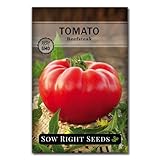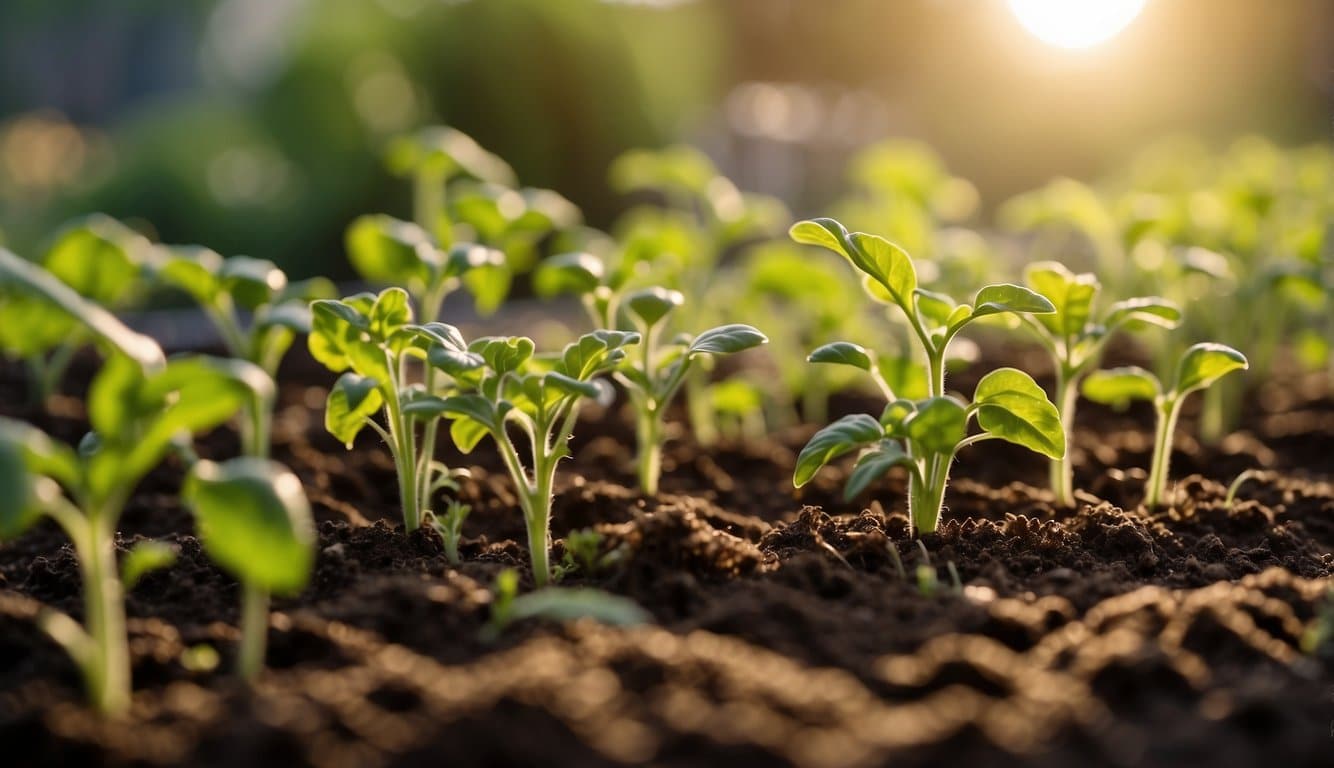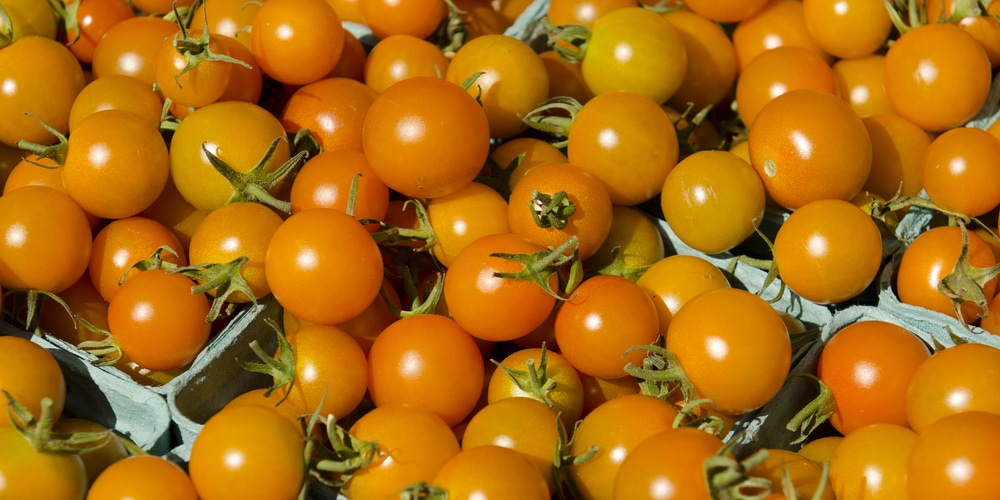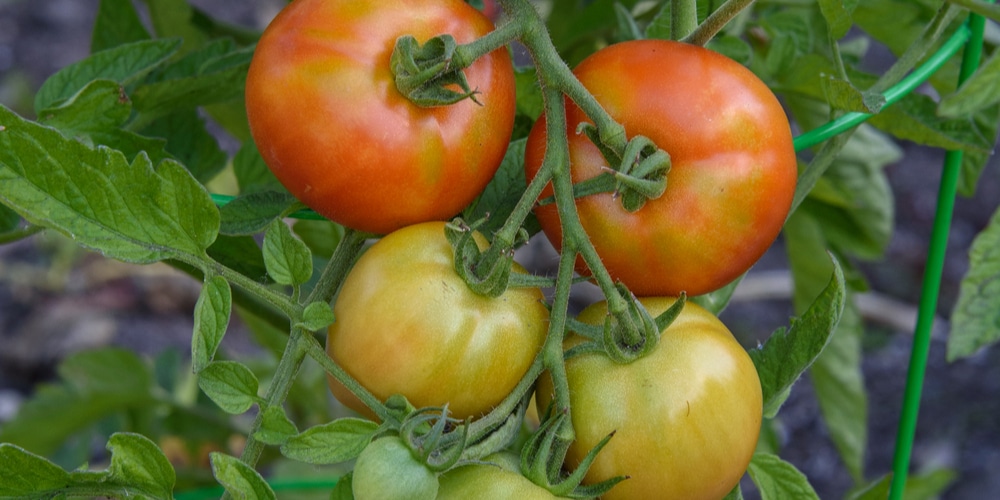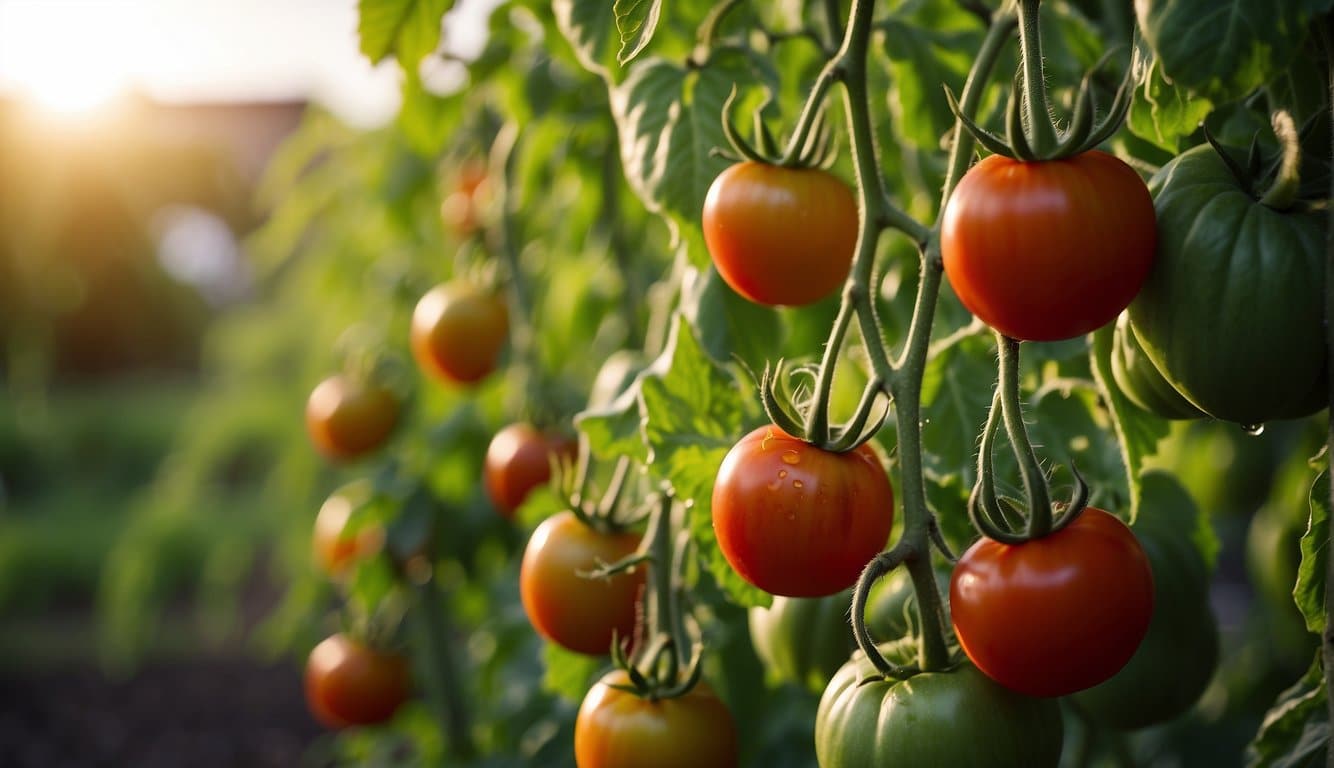| Question | What’s the best time of year to plant tomatoes in Indiana? |
|---|---|
| Answer | After the last frost date, typically in late April to early May. |
| More Info |
|
In Indiana, gardening enthusiasts eagerly anticipate the tomato planting season, a time when the frost has retreated, and the soil begins to warm. As one of the most beloved garden vegetables, tomatoes require careful timing to ensure a bountiful harvest. Indiana’s climate, with its distinct seasons, dictates a specific window for planting tomatoes to achieve optimal growth and yield.
This guide provides essential details for Indiana gardeners on the best time to plant tomatoes, incorporating valuable insights for nurturing these plants from seedlings to fruit-bearing maturity.
Indiana’s climate can be unpredictable, with cold winters and hot, humid summers.
It’s important to select tomato varieties that are well-suited to the state’s climate and soil conditions.
Planting at the right time is also crucial for a successful harvest.
Gardeners need to know when to plant, how to care for their plants throughout the season, and how to address common problems that may arise.
Whether you’re a seasoned gardener or new to growing tomatoes, this article will provide valuable information to help you achieve a bountiful harvest.
From optimal planting times to caring for your plants throughout the season, we’ve got you covered.
Read on to learn more about the best time to plant tomatoes in Indiana.
Key Takeaways
- Understanding Indiana’s climate is crucial for selecting the right tomato varieties.
- The best time to plant tomatoes in Indiana is from mid-April to early May.
- Proper care throughout the season can help maximize your tomato harvest.
Understanding Indiana’s Climate
When it comes to planting tomatoes in Indiana, understanding the state’s climate is essential.
Indiana has a humid continental climate, meaning it has four distinct seasons with hot summers and cold winters.
This climate can make it challenging to grow certain crops, including tomatoes, which are sensitive to both temperature and moisture.
Hardiness Zones
Indiana is divided into three hardiness zones: 5b, 6a, and 6b. These zones are determined by the average minimum temperature in the area and can help gardeners choose plants that are best suited for their climate.
In general, tomatoes thrive in zones 6a and 6b, which have milder winters and longer growing seasons.
Average Last Frost Dates
Another important factor to consider when planting tomatoes in Indiana is the average last frost date.
This date varies depending on the region, but in general, the last frost occurs in late April or early May.
Gardeners should wait until after the last frost to plant their tomatoes to avoid damage from the cold.
Here are some average last frost dates for different regions in Indiana:
- Northern Indiana: May 10-20
- Central Indiana: April 20-30
- Southern Indiana: April 10-20
Selecting the Right Tomato Varieties
When selecting tomato varieties to plant in Indiana, there are a few things to consider.
Two important factors are whether the tomato is determinate or indeterminate, and which varieties are popular in Indiana.
Determinate vs. Indeterminate Tomatoes
Determinate tomatoes are bush-like and grow to a certain height before setting fruit and stopping growth.
They are a good choice for smaller gardens or for gardeners who want a lot of tomatoes at once for canning or preserving.
Indeterminate tomatoes, on the other hand, are vine-like and continue to grow and produce fruit until the first frost.
They are a good choice for gardeners who want a continuous supply of fresh tomatoes throughout the growing season.
Popular Tomato Varieties for Indiana
Some popular tomato varieties for Indiana include:
- Early Girl: This indeterminate variety produces medium-sized fruit early in the season, making it a good choice for gardeners who want an early harvest.
- Celebrity: This determinate variety is disease-resistant and produces medium-sized fruit that is good for slicing.
- Roma: This determinate variety is good for making sauce and paste, and is a good choice for gardeners who want to can or preserve their tomatoes.
- Better Boy: This indeterminate variety produces large fruit that is good for slicing, and is disease-resistant.
Other popular varieties for Indiana include Brandywine, Cherokee Purple, and San Marzano.
When selecting tomato varieties, it is important to consider factors such as taste, disease resistance, and size of fruit.
Optimal Planting Times
When it comes to planting tomatoes in Indiana, timing is everything.
In general, the best time to plant tomatoes in Indiana is after the last frost has passed. However, there are a few other factors to consider when determining the optimal planting time.
Indoor Seed Starting Dates
One way to get a head start on your tomato plants is to start the seeds indoors.
This can be done 6-8 weeks before the last frost date.
According to the search results, it takes roughly 40-60 days to grow tomatoes from seed indoors.
Therefore, if you want to plant your tomatoes outside in late April or early May, you should start your seeds indoors in mid-February to early March.
Transplanting Seedlings Outdoors
Once your tomato seedlings have grown to a suitable size, they can be transplanted outdoors.
The ideal time to transplant seedlings outdoors is when the soil temperature has reached 60°F and the ambient temperature averages at least 50°F.
According to the search results, the best time to plant tomatoes in Indiana is from mid-April to early May.
Therefore, if you have started your seeds indoors, you can transplant your seedlings outdoors in mid-April.
It’s important to note that planting tomatoes too early can be just as detrimental as planting them too late.
If you plant your tomatoes too early, they may be damaged by late frosts or cool temperatures. On the other hand, if you plant your tomatoes too late, they may not have enough time to mature before the first frost of the fall.
Caring for Tomatoes Throughout the Season
Watering and Fertilizing
Proper watering and fertilizing are crucial for healthy tomato plants.
Tomatoes require consistent moisture to thrive, so it is essential to water them regularly. However, overwatering can lead to root rot and other issues.
Therefore, it is best to water deeply once or twice a week, depending on the weather conditions.
Fertilizing is also important to provide the necessary nutrients for optimal growth.
A balanced fertilizer with equal amounts of nitrogen, phosphorus, and potassium is recommended.
It is best to fertilize the plants when they are young and then again when the first fruits appear.
Staking and Pruning
Staking and pruning are essential for maintaining the shape and health of tomato plants.
Staking keeps the plants upright and helps prevent the fruits from touching the ground, which can lead to rotting.
Pruning involves removing the suckers that grow between the main stem and the branches, which can divert energy away from fruit production.
There are several staking and pruning methods to choose from, including cages, stakes, and trellises.
It is best to choose a method that suits the specific tomato variety and growing conditions.
Pest and Disease Management
Tomato plants are susceptible to various pests and diseases, including aphids, whiteflies, and blight.
To prevent and manage these issues, it is essential to keep the garden clean and free of debris, which can harbor pests and diseases.
Natural pest control methods, such as companion planting and releasing beneficial insects, can also be effective.
If chemical control is necessary, it is best to use organic and environmentally friendly products.
Frequently Asked Questions
What is the ideal planting time for tomatoes in Indiana’s climate?
The ideal planting time for tomatoes in Indiana is after the last frost has passed, which is usually around late April or early May. However, the exact planting time may vary depending on the location and microclimate of your garden.
How does Indiana’s winter affect the planting schedule for tomatoes?
Indiana’s cold winters can make it difficult to grow tomatoes. Therefore, it is recommended to start tomato seedlings indoors in preparation for transplanting in Indiana. This helps to ensure that the plants are strong and healthy enough to survive the cold winter temperatures.
What are the recommended tomato varieties for successful growth in Indiana?
The recommended tomato varieties for successful growth in Indiana include early-maturing, disease-resistant varieties such as Celebrity, Early Girl, and Better Boy. These varieties are known to produce high yields and are well-suited to Indiana’s climate.
When should I start my tomato seedlings indoors in preparation for transplanting in Indiana?
The best time to start tomato seedlings indoors in preparation for transplanting in Indiana is about 6-8 weeks before the last frost date. This allows the seedlings to grow strong and healthy before they are transplanted outdoors.
What are the last frost dates to consider when planting tomatoes in Indiana?
The last frost dates to consider when planting tomatoes in Indiana vary depending on the location. Generally, the last frost date in northern Indiana is around May 10th, while in southern Indiana it is around April 20th. It is recommended to check with your local extension office for more specific information.
How does the Indiana vegetable planting calendar influence tomato planting times?
The Indiana vegetable planting calendar provides a guide for when to plant different vegetables, including tomatoes. It takes into account the average frost dates and growing season in Indiana.
Following the planting calendar can help ensure that your tomatoes are planted at the right time and have the best chance of success.
Last update on 2025-06-06 / Affiliate links / Images from Amazon Product Advertising API
